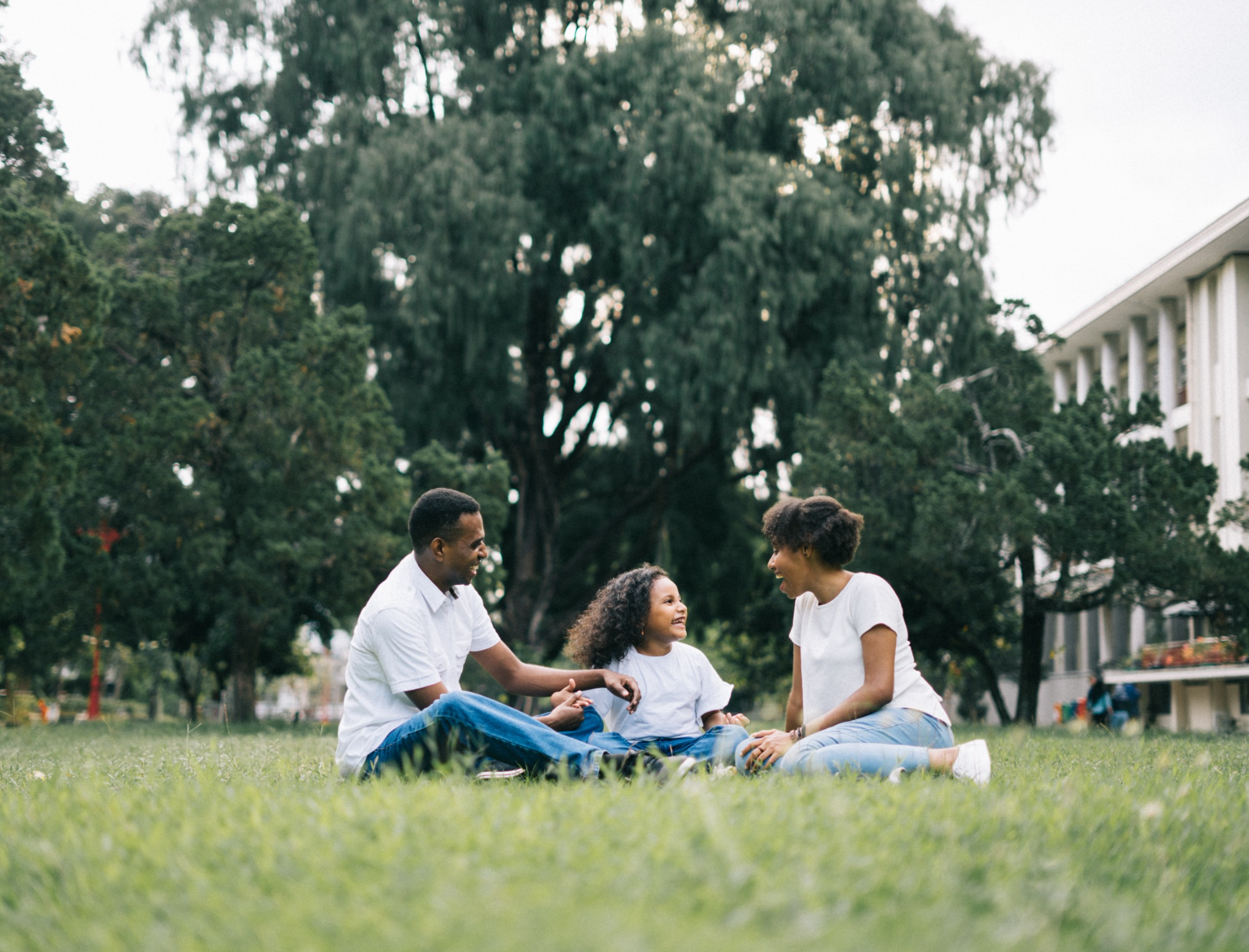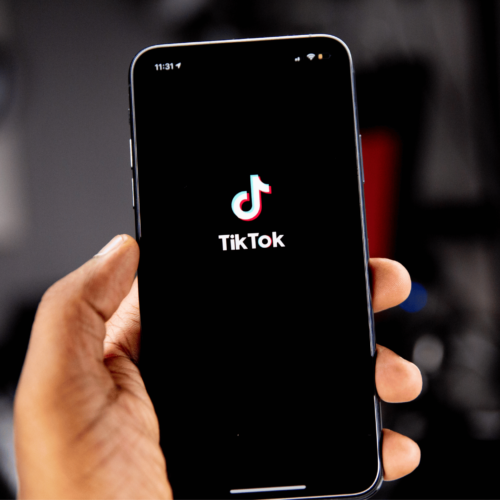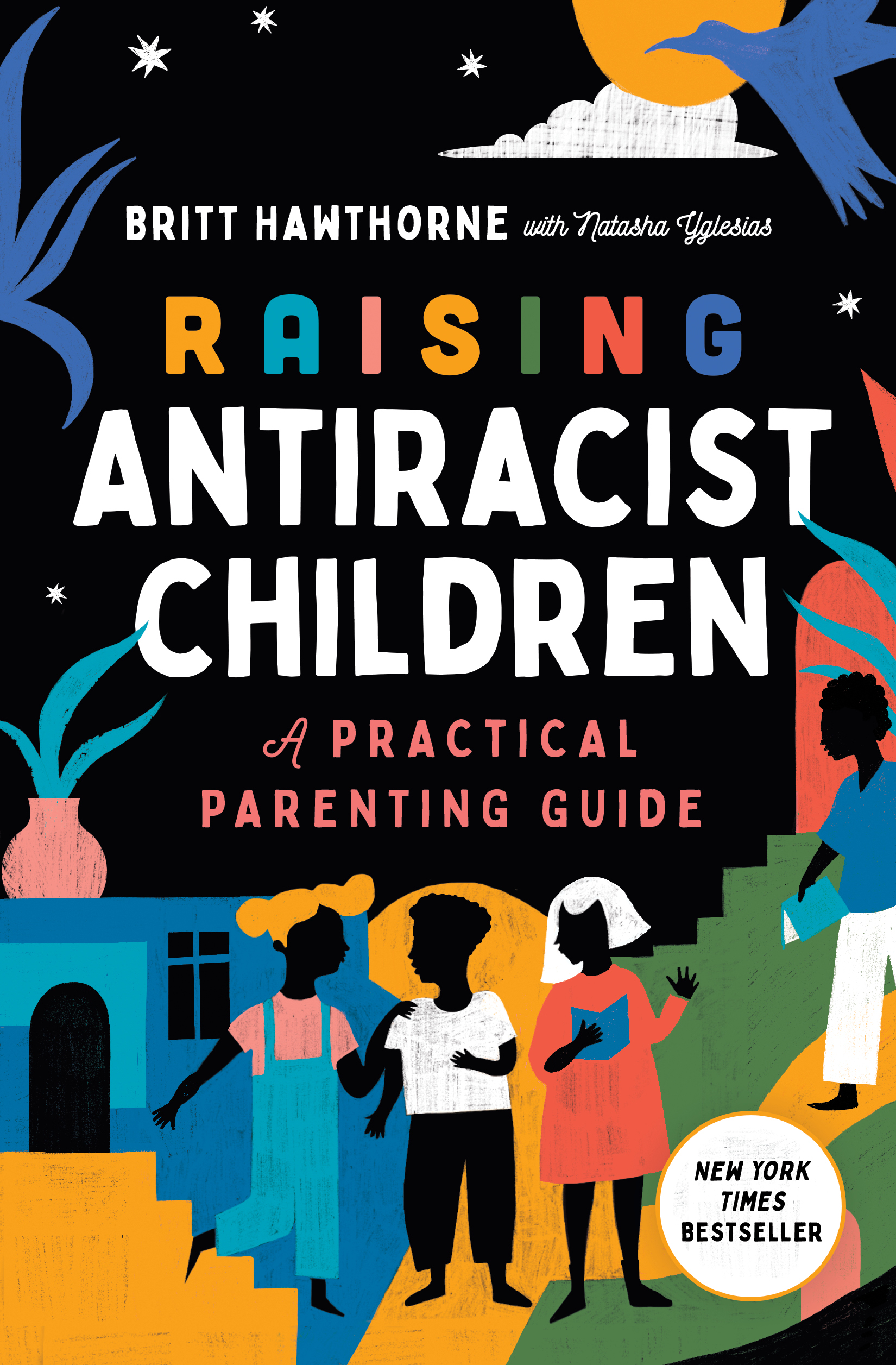If you were to ask a child, “Are there more white people or People of Color in the world?” almost all children would say “white people.” Why is that? U.S. movies, books, films, history, pop culture, children’s magazines, toys, and podcasts almost exclusively center the experiences and lives of white people. This white-centering—plus often-used terms like “ethnic minorities”—gives children a distorted understanding of how many non-white people there are in the world. The term “People of the Global Majority” disrupts white supremacy culture and ideology—keep reading to learn how.
Define: People of the Global Majority
People of the Global Majority (PoGM) refers to Black people, Indigenous people, Brown people, Latinx peoples—particularly Indigenous and Afro-Latinos —Pacific Islanders, Native Hawaiians, the Inuit communities/Alaska Natives, Native Americans, Arabs, Western Asians/Middle Easterners with dark skin, North Africans, Southeast Asians, South Asians, East Asians, Africans with dark skin, and biracial and multiracial people who are mixed with one or more of the above, and people and groups who can’t access white privilege.
This isn’t a perfect definition. It’s important to keep in mind that there are both white and non-white folks who hold different ethnicities that are also targeted by white domination.
How “People of the Global Majority” Disrupts White Supremacy Culture
Growing up in a white supremacist culture can make it exceedingly difficult to see the white supremacy that surrounds us. As it is often said, “The longer you swim in a culture, the more invisible it becomes.”
White supremacy culture is the widespread ideology baked into the beliefs, values, norms, and standards of our groups (many if not most of them), communities, towns, states, and nations, teaching us both overtly and covertly that whiteness holds more value than any other group.Using “People of the Global Majority” directly disrupts white supremacy ideology/culture. But how?
Debunks The Minority Myth
As children are developing, they absorb what our culture tells them implicitly through language, art, customs, and schooling. Because of the phenomenon of white centering in American society, children will see more white people than PoGM in the content they absorb and implicitly associate white skin with the majority and the norm.
The term “People of the Global Majority” challenges this myth.
Using a term like PoGM reminds children, every time they use it, that this is a falsehood and an offshoot of intentional, white domination manipulation. The truth is that there are more people of color in this world than white people.
85% of the global population are People of the Global Majority.
Empowers People of The Global Majority
A white supremacist society like the U.S. intentionally manipulates language and customs to deny power to PoGM. The term “minorities” reinforces the racial hierarchy in the U.S., implying that PoGM are outnumbered in this society and therefore less powerful. Using PoGM as a term empowers the people it refers to, reminding everyone that globally, white people are in the minority.
Does Not Center Whiteness
Words matter: Language reflects our history, perspective, and where we still have important antiracism work to do. Terms like “people of color,” “Black, Indigenous, People of Color,” and “non-white” all still center whiteness. This is most clear in the term “non-white” which emphasizes that the people being referred to are not white, and that white people are the default in our language. Using People of the Global Majority challenges the racist underpinning of our language that the word “people” defaults to “white people”—and reminds us that people with Black and Brown skin are the global majority, and white people are the minority.
Are your children or students curious about “skin color”? Here’s why it’s so important to talk about diverse skin tones.
Applies To A Global Context
The term “People of Color” is a term that Black people in the U.S. reclaimed from the harmful term “colored people” that was used to inflict discrimination and hatred on Black people for generations in the U.S. For this reason, terms like “People of Color” are entangled in a complex, American historical context. This ostracizes People of the Global Majority who are not American or are not specifically Black.
People of other ethnicities may not fully embrace the “People of Color” terminology because it is so linked and intertwined with Blackness in American culture. Using the term “People of the Global Majority” de-centers America and the unique experience of African Americans when talking about people of the global majority.
But, Be Aware of The Risk of Erasure
In the United States, PoGM have a shared history of being pushed out, denied access, and made to feel perpetually othered and not American enough. A prime example is the commonly asked question, “Where are you from?” When white strangers—co-workers, uber drivers, hair stylists, or baristas—ask People of the Global Majority, they’re actually highlighting the current power structure. White people are viewed as neutral; they’re the assumed default, always centered in the conversation, and they always belong in the United States.
But just because PoGM have in many ways a shared history of discrimination in the U.S., does not mean their experiences were equal or necessarily comparable. It’s very important to remember that lumping all of these groups together into one category can be a form of erasure. If you’re discussing a particular group, groups, or person, refer to the group by specific identity. For instance, instead of “Britt Hawthorne is a woman of color” it’s more accurate to state, “Britt Hawthorne is a Black-Biracial woman.”
Your Task Is To Call People In
Accepted and respectable terms to describe people change often in our culture. While it is everyone’s responsibility to keep up with and educate themselves about the new terminology, have grace with people who have not “caught up yet” so to speak.
Rather than say, “No! You can’t say POC anymore. How do you not know that?” Try something like, “I’m using People of the Global Majority instead of POC. Can I tell you about it?” (Feel free to share this blog post, too!)
And in that conversation, think through ways that you and your family can recenter the art and experiences of People of the Global Majority. Take a look at the books in your home collection or Netflix queue. What percentage of the art centers white people as the main characters? Try to recenter PoGM in 85% of the art your child consumes. Considering 85% of the global population are People of the Global Majority, this can help your child better grasp the truth. To get started, explore my recommendation for PoGM-centering books for Valentine’s Day and Martin Luther King Jr. Day. As always, I’m rooting for you!
Feedback: We welcome your feedback on this article and additional ideas and reflections. Please send your feedback and comments to contactme@britthawthorne.com.





